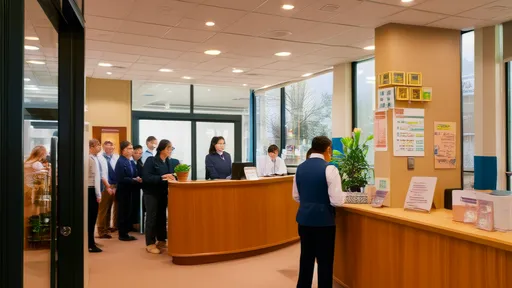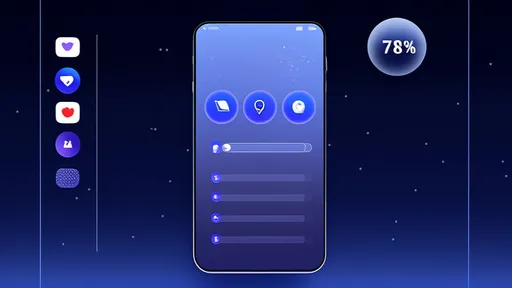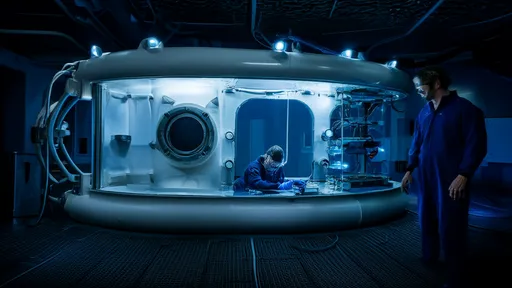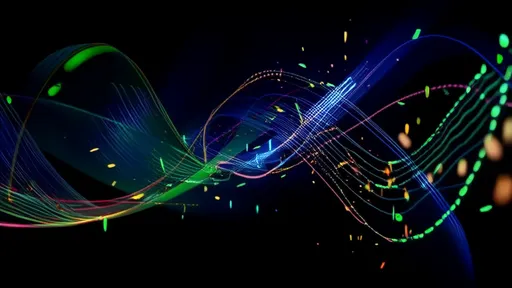The authenticity of dialect dubbing in media has long been a topic of debate among linguists, filmmakers, and audiences alike. While some argue that it adds a layer of cultural richness, others question its credibility, especially when the dialects are not native to the actors performing them. The discussion becomes even more nuanced when considering the fine line between respectful representation and unintentional caricature.
Dialect dubbing is often employed to make content more relatable to specific regional audiences. For instance, a film originally shot in Mandarin might be dubbed into Cantonese to cater to audiences in Hong Kong. At first glance, this seems like a thoughtful gesture. However, the execution can sometimes fall short, particularly when the dubbing actors lack fluency in the dialect. The result is often a performance that feels forced or inauthentic, undermining the very purpose of the dubbing.
The challenge lies in capturing the essence of a dialect without reducing it to a mere collection of exaggerated accents and phrases. A dialect is more than just a way of speaking; it carries with it a wealth of cultural and historical context. When this context is ignored, the dubbing can come across as superficial or even offensive. For example, a poorly executed Southern American accent in a Hollywood movie might rely on stereotypes rather than genuine linguistic features, leaving audiences cringing instead of connecting.
On the other hand, when done correctly, dialect dubbing can be a powerful tool for storytelling. Take, for instance, the global success of certain animated films that have been dubbed into multiple regional dialects. The careful selection of voice actors who are native speakers or highly proficient in the dialect ensures that the emotional and cultural nuances of the original performance are preserved. This level of authenticity can enhance the viewer's immersion and emotional engagement with the story.
One of the key factors in maintaining credibility is the involvement of dialect coaches and cultural consultants. These professionals can guide actors in mastering the subtleties of a dialect, from pronunciation to intonation. They also help avoid common pitfalls, such as overgeneralizing regional speech patterns or misrepresenting cultural idioms. Their input can make the difference between a dub that feels genuine and one that feels like a parody.
Another consideration is the audience's perception. In some cases, viewers may not even notice minor inaccuracies in dialect dubbing, especially if they are not familiar with the dialect themselves. However, for native speakers, these inaccuracies can be glaring and distracting. This dichotomy highlights the importance of knowing your audience and tailoring the dubbing approach accordingly. A one-size-fits-all strategy is unlikely to satisfy everyone.
The rise of streaming platforms has further complicated the landscape. With content being consumed globally, the demand for high-quality dialect dubbing has increased. Yet, the pressure to produce dubbed versions quickly can lead to compromises in quality. Rushed dubbing jobs often lack the meticulous attention to detail required for authentic dialect representation, resulting in a product that feels hastily put together.
Despite these challenges, there are shining examples of dialect dubbing done right. Some productions go the extra mile by casting local actors who bring their own cultural insights to the role. This not only ensures linguistic accuracy but also adds a layer of authenticity that resonates with audiences. For instance, regional versions of popular TV shows often feature local humor and references, making the content feel more personalized and engaging.
Ultimately, the credibility of dialect dubbing hinges on respect—for the language, the culture, and the audience. When filmmakers and dubbing teams approach the task with care and diligence, the results can be both artistically and commercially rewarding. Conversely, cutting corners or treating dialects as an afterthought can lead to a loss of trust and credibility. In an era where audiences are increasingly vocal about representation, getting it right is more important than ever.
The conversation around dialect dubbing is far from over. As media continues to evolve, so too will the techniques and standards for authentic representation. What remains constant is the need for a thoughtful, informed approach that honors the richness of linguistic diversity. Whether through hiring native speakers, consulting experts, or investing more time in the dubbing process, the goal should always be to create content that feels true to its roots while appealing to a broad audience.

By /Aug 15, 2025

By /Aug 15, 2025

By /Aug 15, 2025

By /Aug 15, 2025

By /Aug 15, 2025

By /Aug 15, 2025

By /Aug 15, 2025

By /Aug 15, 2025

By /Aug 15, 2025

By /Aug 15, 2025

By /Aug 15, 2025

By /Aug 15, 2025

By /Aug 15, 2025

By /Aug 15, 2025

By /Aug 15, 2025

By /Aug 15, 2025

By /Aug 15, 2025

By /Aug 15, 2025

By /Aug 15, 2025

By /Aug 15, 2025